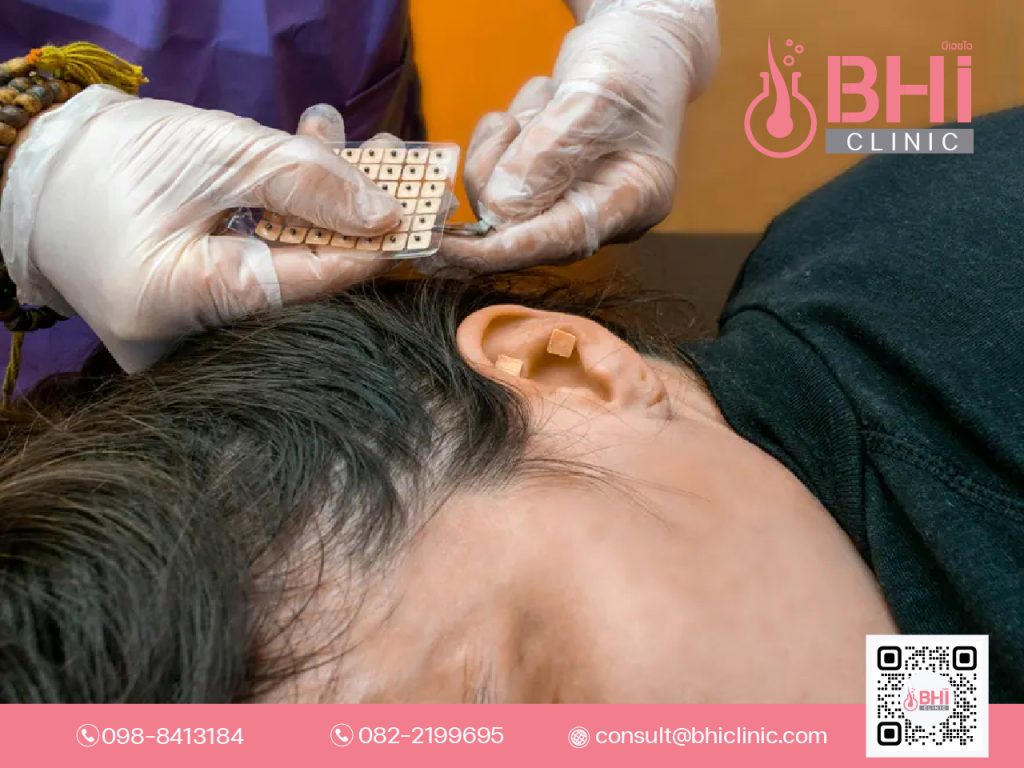Minoxidil is a widely recognized topical treatment for hair thinning and pattern baldness. Originally developed as an oral medication for high blood pressure, Minoxidil’s hair growth–promoting properties were discovered serendipitously. Today, Minoxidil is available over-the-counter in concentrations of 2% and 5% and has become the go-to solution for those seeking to stimulate hair regrowth. In this guide, we’ll explore what Minoxidil is, how it works, its benefits, usage instructions, potential side effects, and frequently asked questions—all optimized for search engines with clear headings, bullet points, and a concise conclusion.
History and Development
- Origins: First developed in the 1970s as an oral antihypertensive agent.
- Discovery: Patients taking oral Minoxidil reported unwanted hair growth as a side effect.
- Topical Formulation: Researchers formulated a topical solution to harness hair growth benefits without systemic side effects.
Forms of Minoxidil
- Liquid Solution: Typically applied with a dropper; available in 2% and 5% strengths.
- Foam: Easier to apply for some users; tends to be less greasy.
- Combination Products: Blended with other active ingredients in advanced hair-care formulas.
How Minoxidil Works
Mechanism of Action
- Vasodilation: Minoxidil is the vasodilator that Widens blood vessels in the scalp, increasing blood flow to hair follicles.· The mechanism is to open Potassium Channel and vasodilatation. Theoretically provide more blood supply, oxygen and nutrients to the cells. The drug contributes to lowering blood pressure somehow, the side effects were observed as the generalized thicken up the hair over all parts of the body.
- Follicle Stimulation: Prolongs the anagen (growth) phase of the hair cycle.
- Cellular Activation: Encourages dermal papilla cells to promote new hair development. Activation thru Wnt-Catenin pathway
Timeline of Results
- Weeks 1–4: Scalp may experience mild tingling or itching; no visible hair growth yet.
- Months 2–4: Shedding of fine hairs as weaker follicles are pushed out; early signs of regrowth may appear.
- Months 5–8: Noticeable thickening and darkening of hair; continued increase in hair density.
- Months 9–12: Optimal results for most users; consistent application key to maintenance.
Benefits of Minoxidil
- Clinically Proven: Backed by numerous studies demonstrating efficacy in androgenetic alopecia.
- Non-Invasive: Avoids surgical procedures like hair transplants.
- Easy to Use: Simple twice-daily application routine.
- Affordable: Generic options are cost-effective compared to other hair restoration methods.
- Suitable for Men and Women: Both genders can benefit, although recommended concentrations may differ.
How to Use Minoxidil
- Patch Test
- Apply a small amount to the sensitive area like behind the ear or inner arm area to check for allergic reactions.
- Preparation
- Wash and fully dry your scalp before application.
- Application Steps
- Liquid: Use the dropper to apply the recommended amount (usually 1 mL) directly to thinning areas. Gently massage to allow the medicine to absorb.
- Foam: Dispense half a capful, rub between hands, and massage gently into the scalp.
- Frequency
- Twice Daily: Morning and evening, approximately 12 hours apart.
- Post-Application Care
- Allow Minoxidil to dry completely (2–4 hours) before styling or using other hair products.
- Consistency
- Continue treatment for at least 6–12 months to see optimal results; discontinuation will reverse gains.
Potential Side Effects
While Minoxidil is generally safe, some users may experience:
- Scalp Irritation: Redness, itching, or dryness.
- Unwanted Facial Hair: Especially in women if product drips or spreads.
- Initial Shedding: A temporary increase in hair loss during the first weeks.
- Dizziness or Rapid Heartbeat: Rare, but discontinue use and consult a doctor if systemic symptoms occur.
- Severe side effects: The severe allergic reactions may include rash, hives, itching, difficulty breathing, tightness in the chest, swelling of the mouth, face, lips, or tongue, chest pain, dizziness, fainting, tachycardia, headache, sudden and unexplained weight gain, or swelling of the hands and feet. Temporary hair loss is a common side effect of minoxidil treatment. Manufacturers note that minoxidil-induced hair loss is a common side effect and describe the process as “shedding”.Side effects of oral minoxidil may include swelling of the face and extremities, rapid and irregular heartbeat, lightheadedness, cardiac lesions, and focal necrosis of the papillary muscle and subendocardial areas of the left ventricle. Cases of allergic reactions to minoxidil or the non-active ingredient propylene glycol, which is found in some topical minoxidil formulations, have been reported.
Tip: If irritation persists, switch from a 5% to a 2% solution or use a milder foam formulation.
Frequently Asked Questions (FAQs)
How long does it take for Minoxidil to work?
Most users observe initial regrowth after 2 to 4 months, with full results by 6 to 12 months of continuous use.
Can I use Minoxidil with other hair treatments?
Yes. Minoxidil can be combined with:
- Finasteride (oral medication).
- Ketoconazole shampoo.
- Hair growth serums containing peptides or vitamins.
Always allow Minoxidil to absorb fully before applying additional products.
Is Minoxidil permanent?
No. Continued application is necessary. Stopping treatment typically results in loss of newly grown hair over several months.
Who should avoid Minoxidil?
- Pregnant or breastfeeding women (unless advised by a physician).
- Individuals with a history of scalp dermatitis or severe allergic reactions.
- Those with cardiovascular conditions without medical consultation.
Minoxidil remains a cornerstone treatment for androgenetic alopecia, offering an accessible, non-invasive option to encourage hair regrowth. By understanding its mechanism, following best practices for application, and remaining patient through the treatment timeline, individuals can maximize the benefits of Minoxidil. Always consult a healthcare professional before beginning any new medication, and remember that consistency is key—regular, twice-daily applications over several months will yield the most satisfying results.
Embrace the journey to fuller, healthier hair with Minoxidil, and maintain realistic expectations: regrowth takes time, but the payoff can be life-changing.




